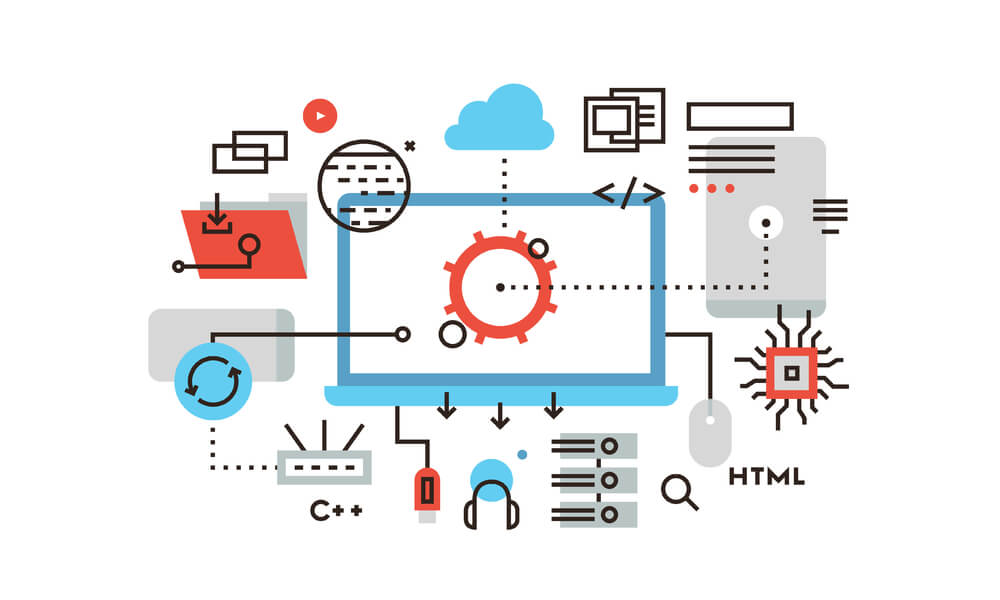How We Work
Creating a powerful, engaging, responsive, and SEO-friendly website requires careful planning, design, and development. Qbyte Solutions Pune step-by-step guides on how you could achieve this with a leading web development service provider in Pune

Step 1: Initial Consultation and Planning:
Schedule a meeting with the development service provider to discuss your goals, target audience, and website requirements. Define the website's purpose, features, and functionality. Determine the technology stack that will be used (e.g., HTML5, CSS3, JavaScript, CMS like WordPress or custom development).

Step 2: Design and Wireframing:
Collaborate with the design team to create wireframes and mockups of the website's layout, ensuring a user-friendly and engaging design. Focus on a clean and intuitive user interface that reflects your brand identity. Ensure that the design is responsive, adapting seamlessly to different screen sizes.

Step 3: Content Creation:
Develop high-quality, relevant, and engaging content for your website, including text, images, videos, and graphics. Prioritize SEO-friendly content by incorporating relevant keywords naturally.

Step 4: Development:
Start the development process using the chosen technology stack. Ensure that the website is built with responsive design principles, so it works smoothly on desktops, tablets, and smartphones. Implement interactive elements and animations to enhance user engagement. Focus on optimizing website performance for fast loading times.

Step 5: SEO Integration:
Work closely with SEO experts to implement on-page SEO techniques. Optimize meta tags, headings, and image alt attributes for search engines. Implement schema markup to enhance search engine visibility.

Step 6: Testing:
Perform thorough testing to ensure cross-browser compatibility, functionality, and responsiveness. Test forms, interactive elements, and ensure that all links are working correctly. Check for any security vulnerabilities and implement necessary security measures.

Step 7: Optimization:
Optimize images and other assets to reduce loading times. Minify CSS and JavaScript files for improved performance. Implement caching mechanisms to enhance website speed.

Step 8: Launch:
Set up hosting and domain services for your website. Deploy the website to the live server once all testing and optimization are complete.

Step 9: Monitoring and Maintenance:
Regularly monitor the website's performance, security, and user experience. Keep content up to date, add new features as needed, and address any technical issues promptly.

Step 10: Marketing and Promotion:
Promote your website through social media, email marketing, and other online channels. Consider running paid advertising campaigns to increase visibility. Monitor website analytics to track user behaviour and make informed improvements. Remember, building a successful website is an ongoing process. Collaborate closely with your development service provider to ensure that your website remains up-to-date, engaging, and aligned with your business goals.